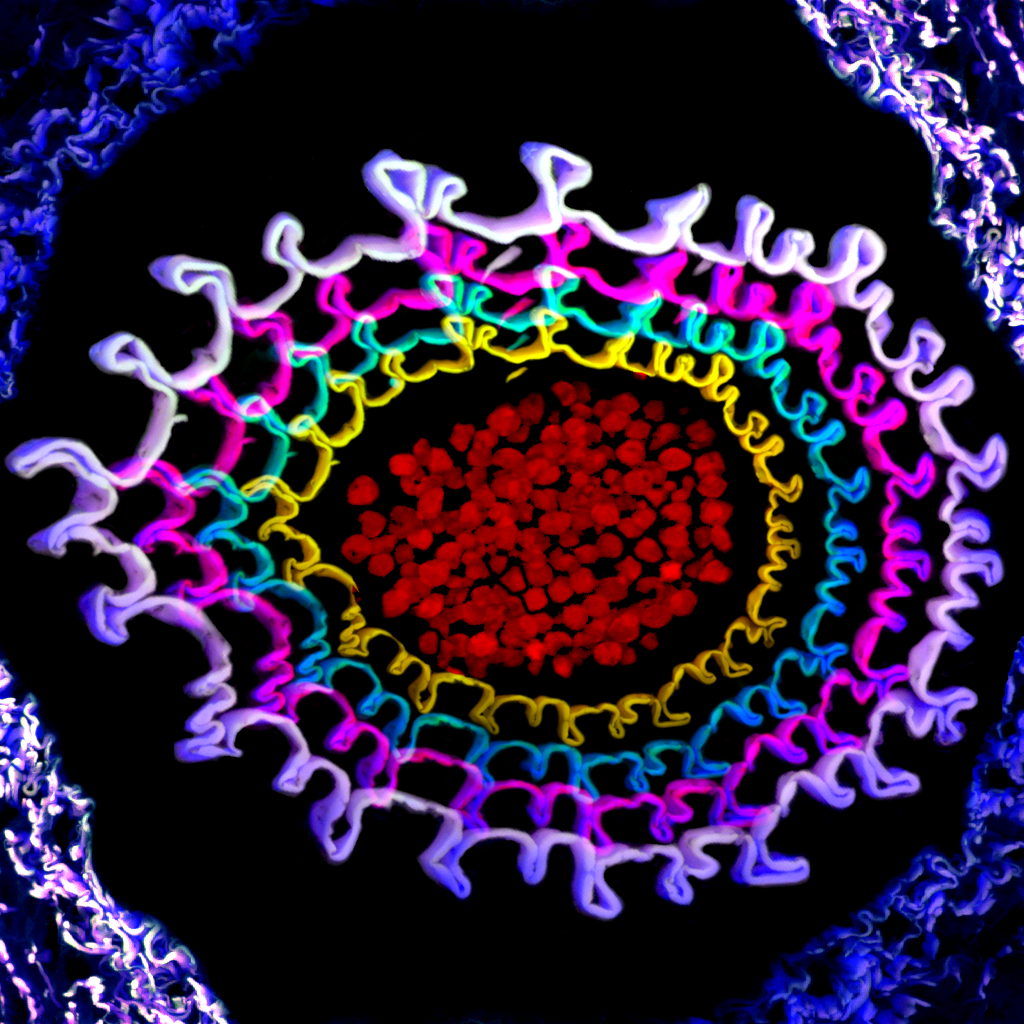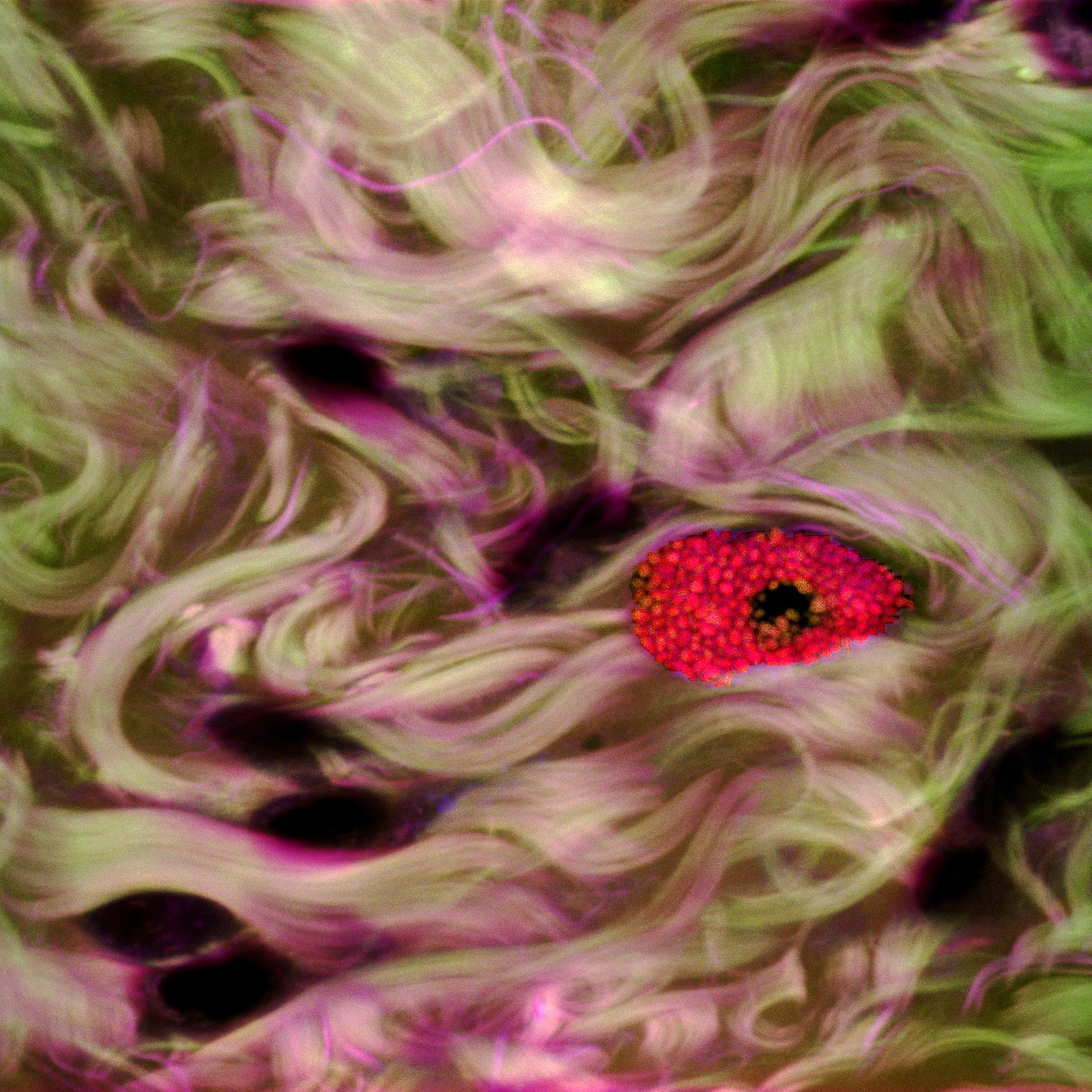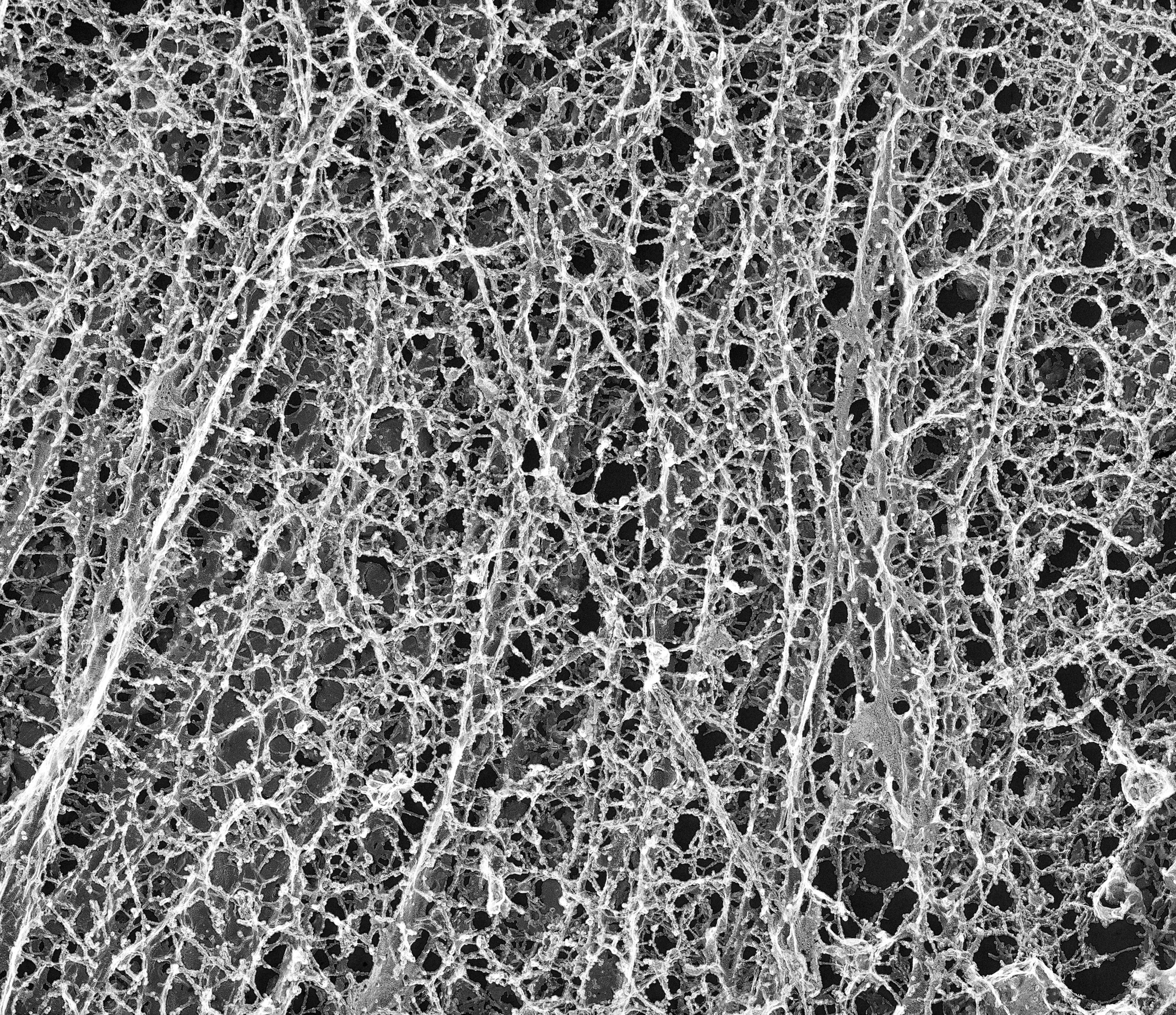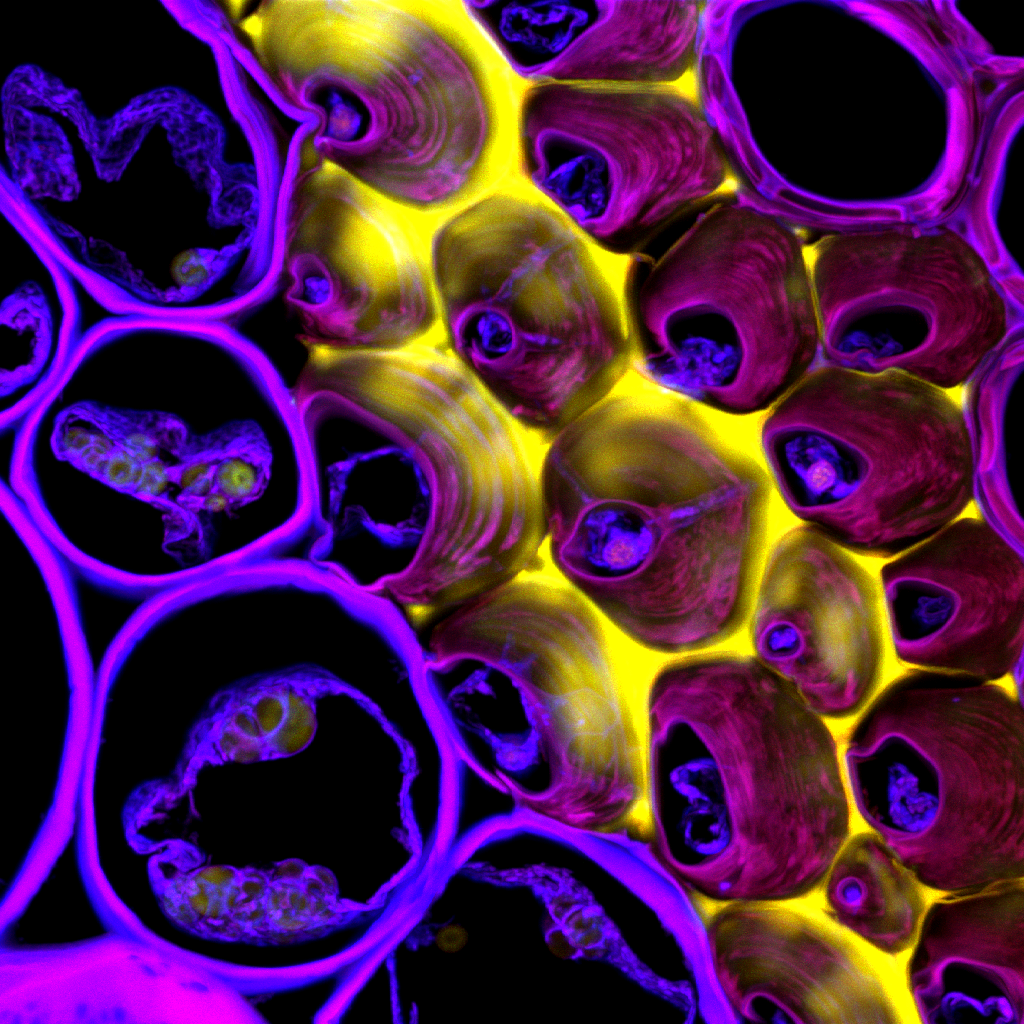
The Blood Flow Border Patrol
The intricate network of blood microcirculation in the human body is a closed and complex one. The hierarchy of blood flow in the human body takes blood from the heart to deep organs systems, through arteries that branch out into smaller arterioles and later into microscopic capillaries. Presented here is a pseudo colored montage of images taken and combined from different magnifications that represent a … Continue reading The Blood Flow Border Patrol









